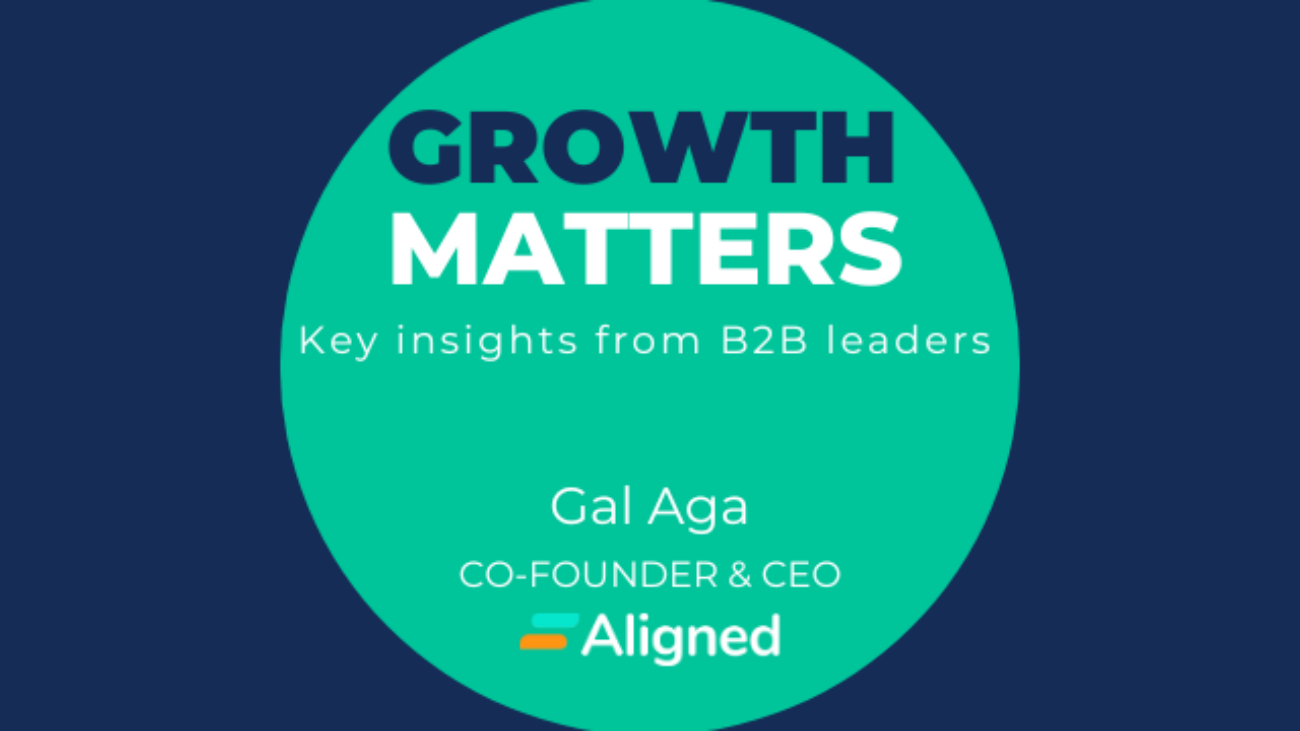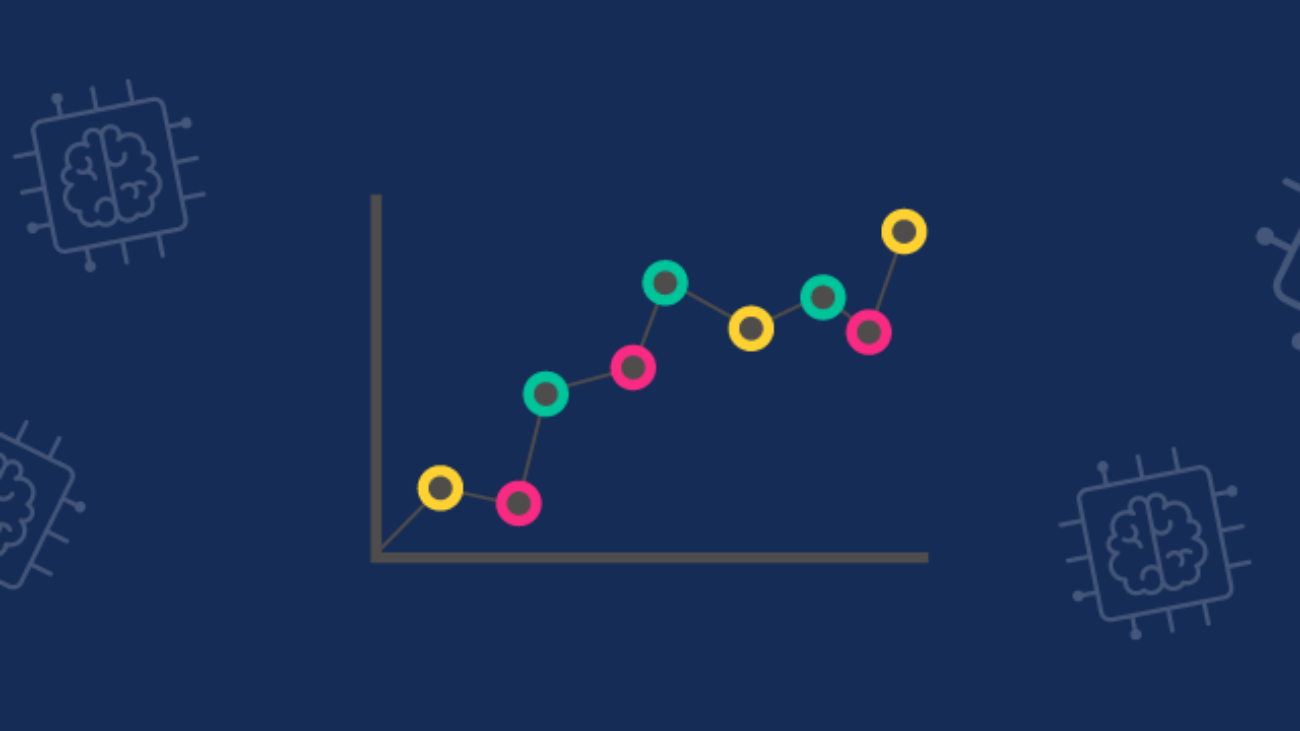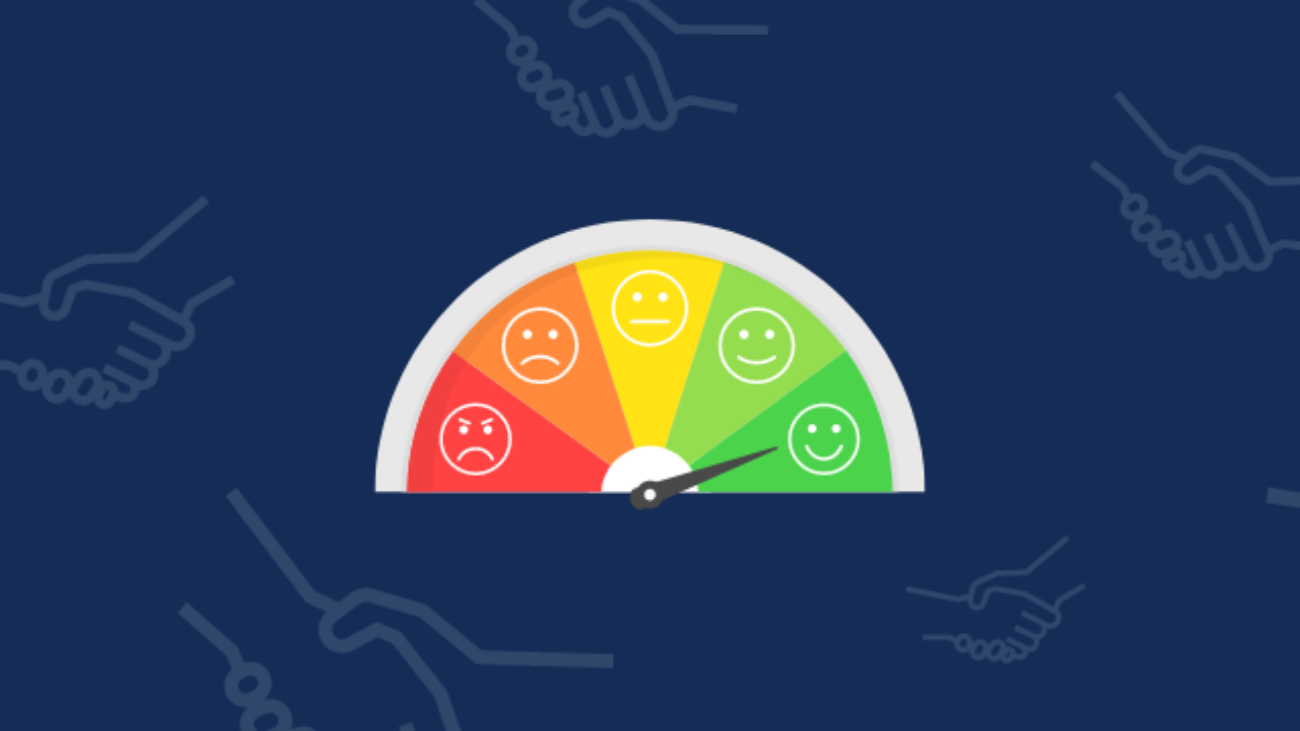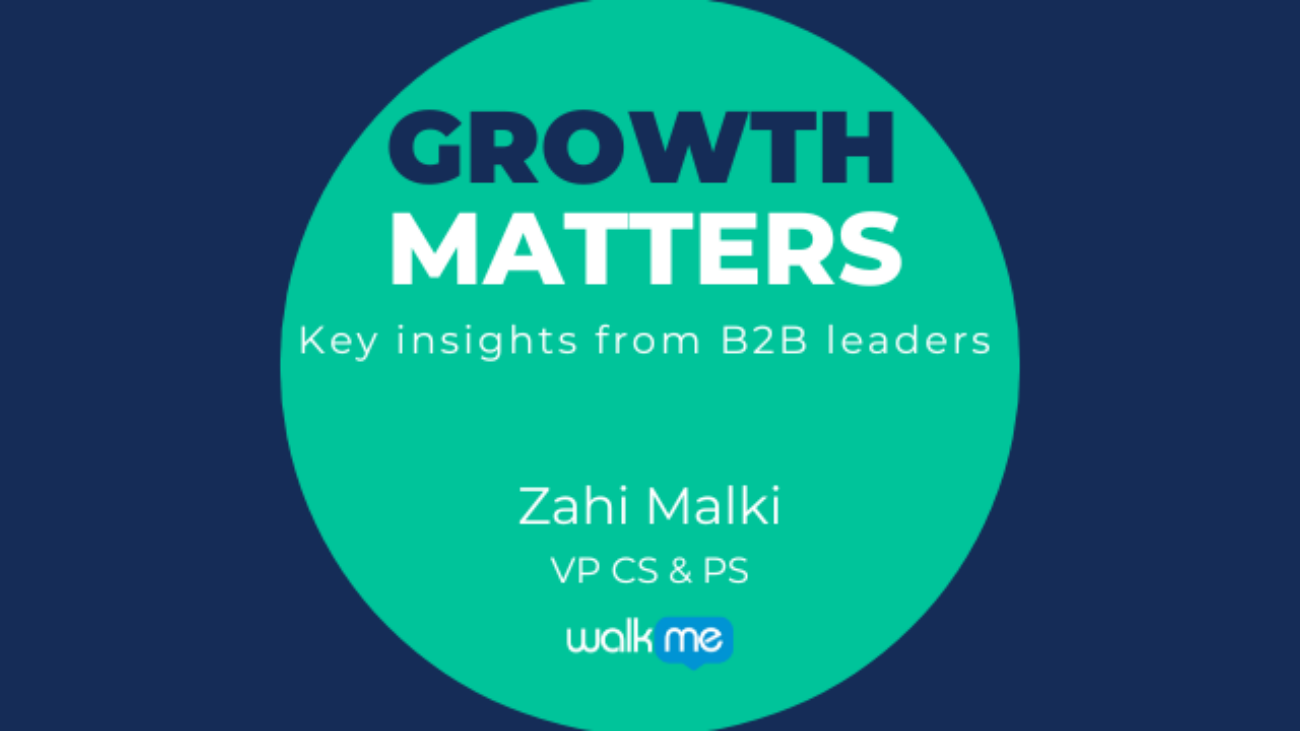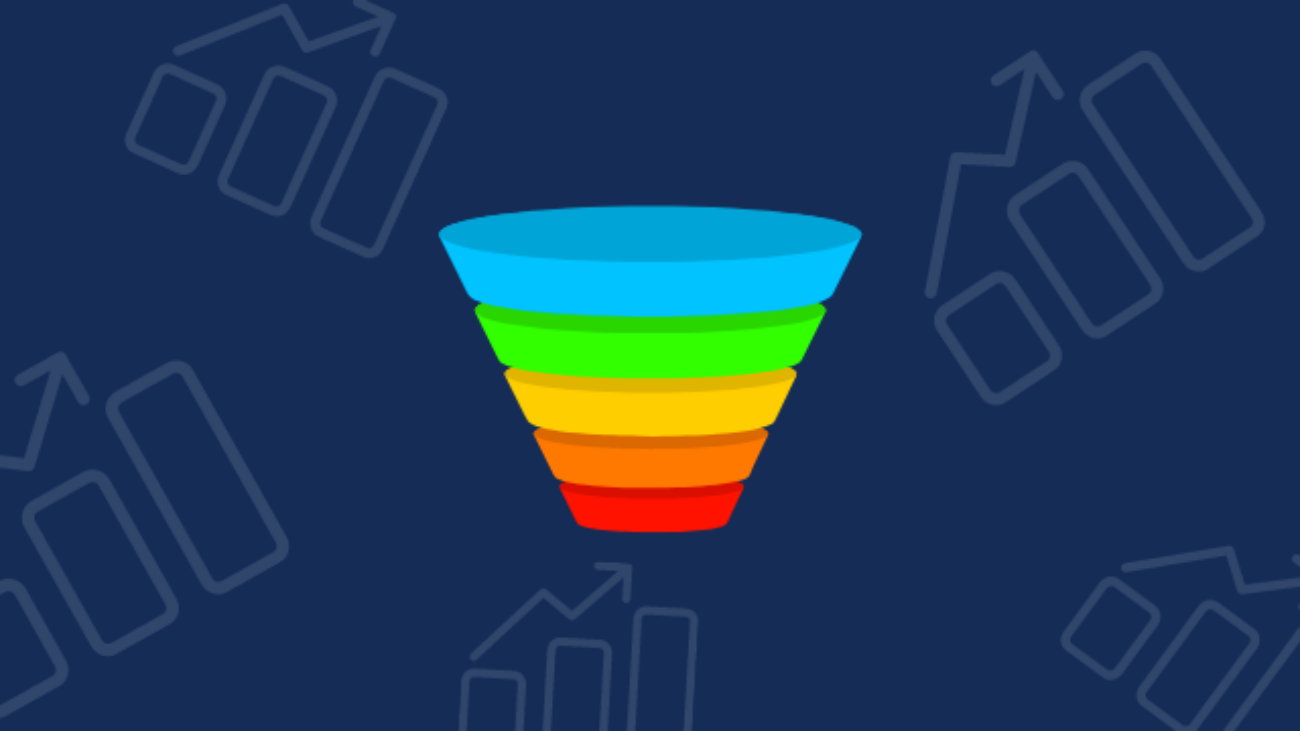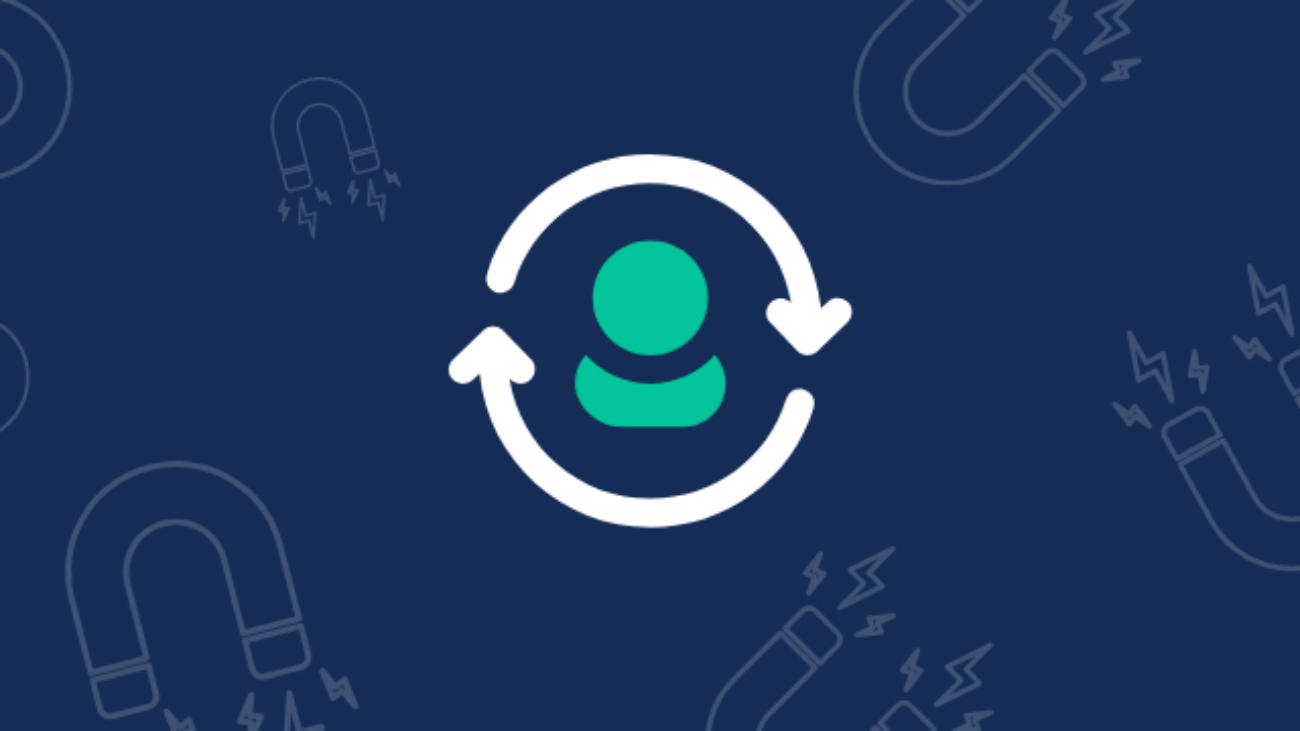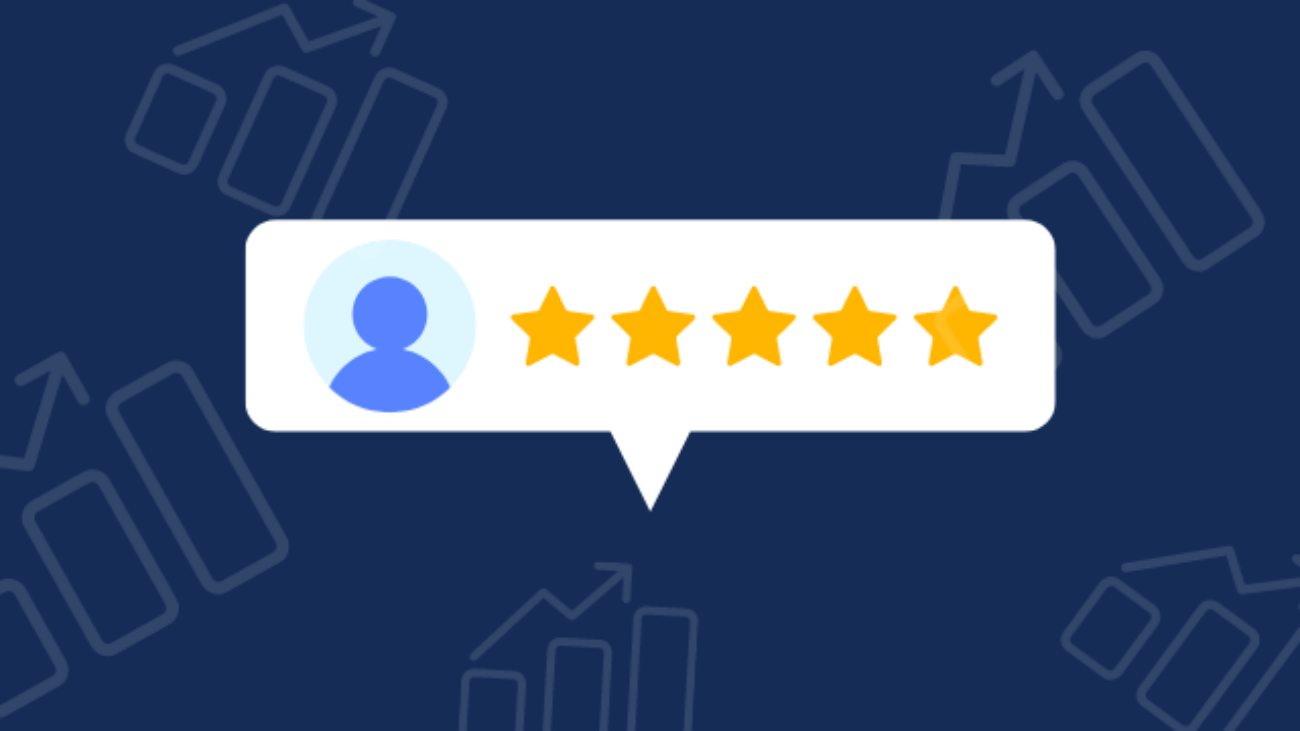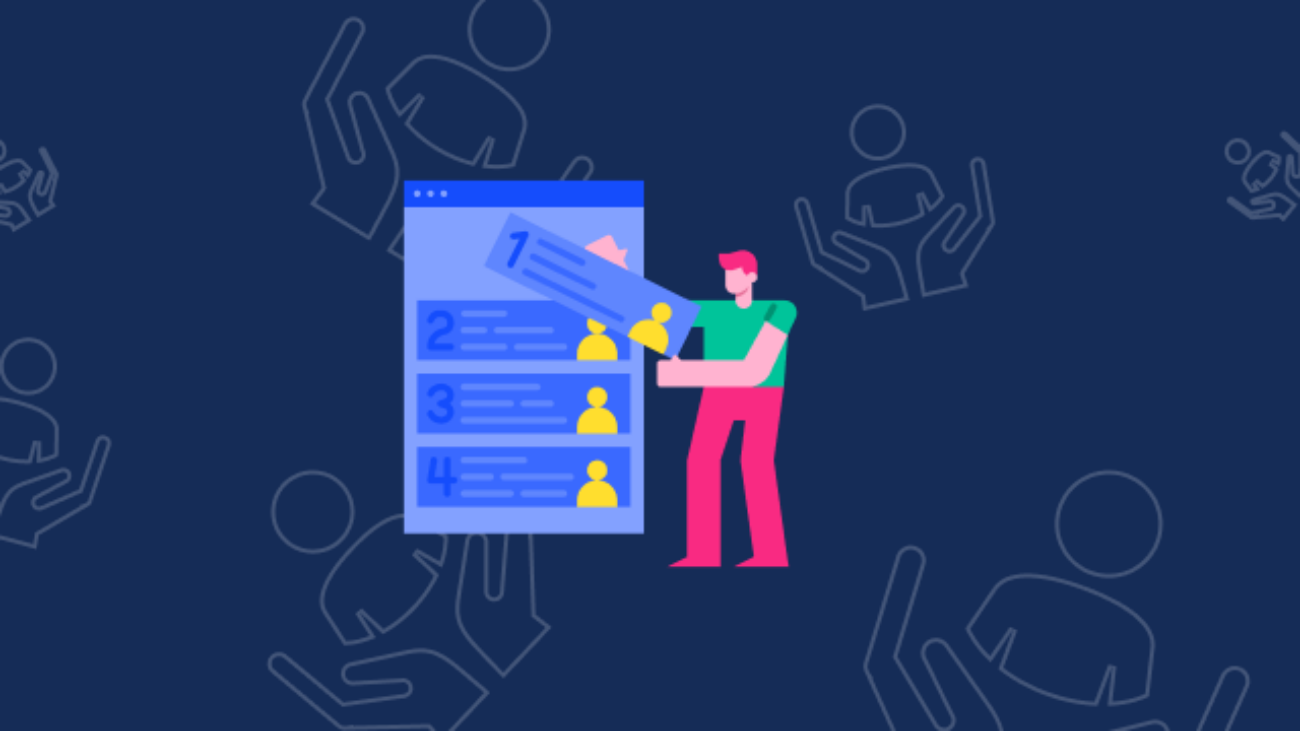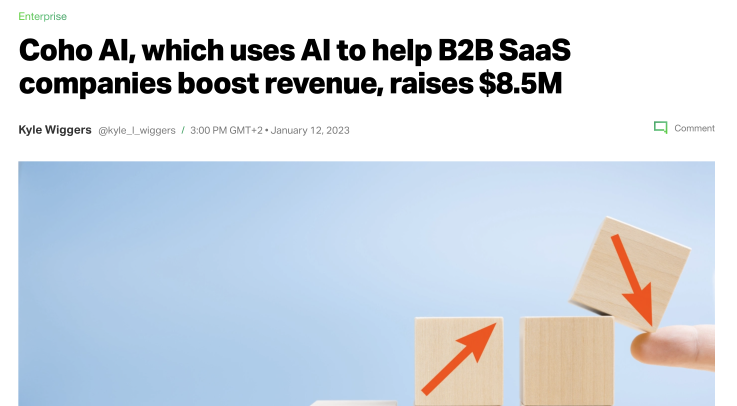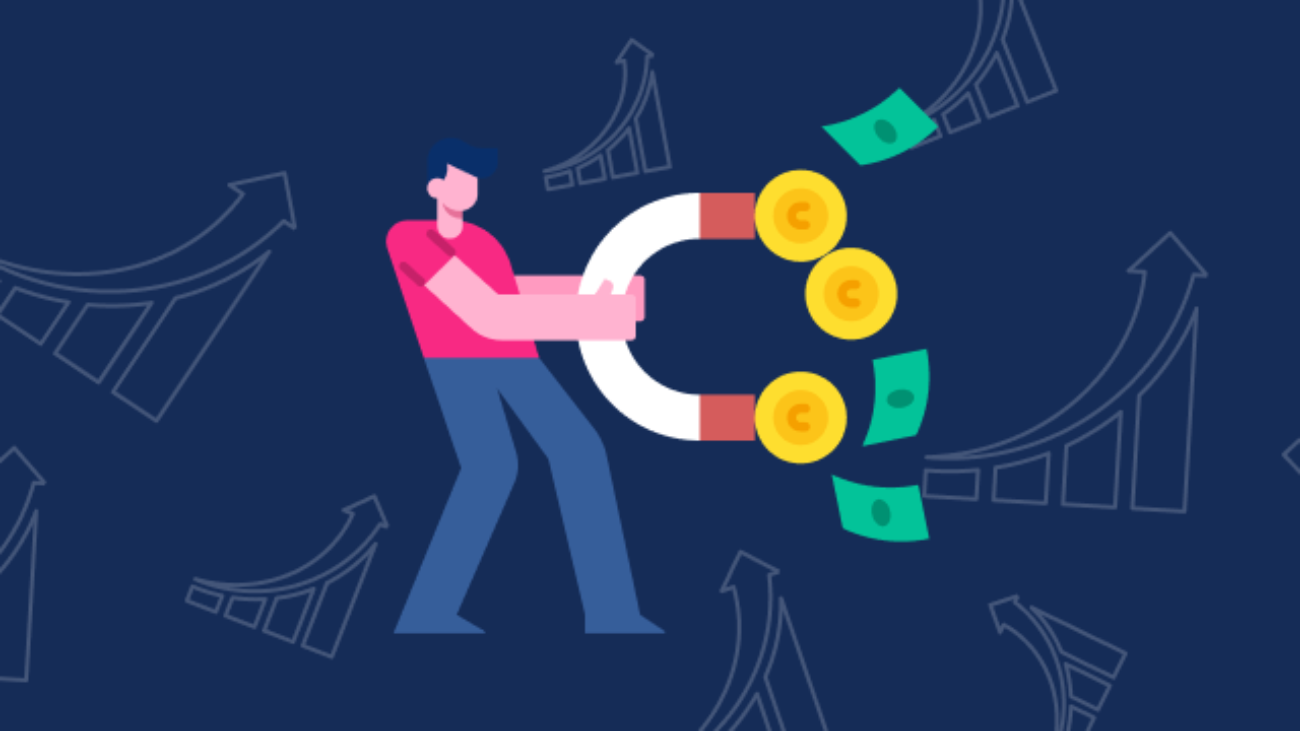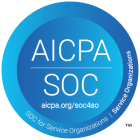In an age of constant innovation and fierce competitiveness, companies invest major resources to gain even the slightest advantage.
That’s why we started the Growth Matters series of interviews, where experienced industry leaders share key insights everyone should know in the domains of revenue, customer success, sales, and product.
In this installment, we’re joined by Gal Aga. Gal started selling way back in the early days of the ecosystem and has seen and done it all in various leadership sales and revenue roles. Today he’s the Co-Founder and CEO of Aligned.
Check out his thoughts on sales technology, revenue trends, and what’s missing in today’s revenue operations.
What are the most significant challenges B2B sales teams are facing today, and how can companies effectively address these challenges to improve their revenue performance?
Unfortunately, this is probably very relatable to all teams – we’re all expected to “do more with less” in 2023, and it’s not an easy task. We experience:
- Less pipeline to achieve our targets.
- Less access to stakeholders since now the CFO, CEO, and more people are involved.
- Less budgets we can tap into.
- Less influence, as there’s more scrutiny on decisions and a more compelling case is required.
- Less control over deals since there are sudden budget cuts, reprioritization, and more buying complexity to navigate.
The 2021 approach was to bring more people, pay more for leads, and buy lots of experimental software to give things a boost. The way I see it right now, the focus should be on what drives efficiency and/or effectiveness.
Efficiency: Less time spent on writing, taking notes, building lists, etc. Whatever gives you back the time you can spend on selling. Especially now, with the AI race, companies should focus on this.
Effectiveness: Simply giving people time back isn’t worth much if that time doesn’t move the needle. Some people are great at getting a lot done, but what good does efficiency do if we’re not good at delivering results? My take is to focus more on effectiveness.
- Time to invest more in training and coaching. Spend quality time turning potential into reality. Not only will you boost effectiveness, but you’ll also help your employees grow their careers. That’s a great reason to wake up in the morning.
- Double down on optimizing your sales playbook. Look for friction, usage data, and find creative ways to generate more pipeline and close more deals. A few great trends we’re seeing:
- Social selling – lots of sellers are getting much better results compared to traditional outbound methods.
- Building a strong outbound Product-Led-Sales playbook – many free users just won’t buy unless you reach out to them proactively. They’re experiencing friction and not saying anything about it. They get value but don’t know how to sell your solution to their boss. Some of them just don’t think about getting help for a free tool. Identifying the right signals and making the right moves when reaching out can generate a more highly converting pipeline with a higher probability of closing.
- Leveraging tools and methodologies that focus on making it easier for your buyer to buy is a golden opportunity. So many leaders focus on management tools, analytics, and lead generation. What about the selling and buying journey? Well, nothing has changed for decades. We’re throwing dozens of attachments at buyers that get lost in email threads and have minimal tracking. We’re also sending hundreds of emails back and forth between 10+ stakeholders, making it hard to collaborate. Lastly, many of us use ineffective spreadsheets to build mutual action plans with buyers and gain more control over deals. There are so many great solutions out there that make buying easier, help uncover buying intent and needs, help better control next steps and timelines, help better communicate and collaborate, and help better educate and influence decisions. A few examples that do this are Digital Sales Rooms like Aligned, Demo Experience Platforms like Demostack, and Video Platforms like Tolstoy.
Can you discuss the importance of aligning sales, marketing, and customer success teams in a B2B organization? And what are good ways of accomplishing it?
Aligning sales, marketing, and customer success teams is crucial for success. It can significantly derail performance when these teams don’t work well together. You get toxic environments and miss the upside of what strong alignment creates. A few things that I’ve seen work well include:
- Establish shared goals: Set shared KPIs and objectives. For example, a marketing team that looks at ARR, similar to a sales team, versus just MQLs, is much more aligned and likely to work better together. Or, have both CSMs and AEs be measured and compensated for expansions and create a clear definition of responsibilities during the expansion process. This will ensure that all teams are working towards the same end game.
- Communicate regularly: Schedule cross-functional meetings to share updates, discuss challenges, and celebrate wins. Bring all these teams together. This encourages open communication, fosters empathy, and promotes a sense of ownership in each other’s success.
- Leverage technology: Use tools and platforms that streamline collaboration and information sharing, such as CRMs, project management tools, and shared workspaces where all these teams can work together more effectively.
We love discussing KPIs here. What KPIs would you recommend CROs focus on when it comes to customer-related revenue?
When it comes to customer-related revenue, CROs should focus on the following KPIs:
- Net Retention Rate (NRR): The percentage of recurring revenue retained from existing customers, accounting for expansions, contractions, and churn. This KPI provides insight into the overall health of your customer base. It is also one of the most important efficiency metrics that investors look at, so it will have a major impact on your company’s valuation.
- Customer Acquisition Cost (CAC) Payback: The amount of time it takes to return the total cost of acquiring a new customer. Keep a close eye on this metric to ensure your sales and marketing efforts are cost-effective. This is also a very important efficiency metric.
- Average Contract Value (ACV): The average annual revenue generated from each customer contract. This KPI helps identify trends in deal size and revenue potential. Growing ACV can be a game-changer in times when getting new pipeline is a challenge, as you simply need fewer opportunities to achieve the same ARR targets.
- Sales Cycle Length: The time it takes to close a deal from initial contact to the signed contract. This KPI is critical for identifying bottlenecks and inefficiencies in your sales process. Reducing the sales cycle length not only means that you get to close more deals in a given period (assuming you bring in more pipeline) but also reduces the risk of losing deals since, as the old saying goes, “time kills deals.”
Do you believe a product-led growth (PLG) model can work without human touch? And if not, at what stage of the sales process would you introduce it?
While a PLG model can work without human touch in certain scenarios, there are many situations where involving a human touch is beneficial.
Moreso, speaking with many VCs and other startups, we’re hearing that there’s a growing trend to involve sales teams in PLG even more in 2023. More and more companies are starting out with hybrid PLG/PLS go-to-market motions. I believe it’s because of the importance of driving ARR growth and because more and more companies adopt PLG, even if their product is not a classic fit for this model. In those cases, a hybrid model makes sense.
Here are a few situations where it’s important to involve sales in a PLG model:
- For deals above a certain ACV, typically, they go beyond the comfort level of completing a purchase fully self-served. For most, the threshold is around $5-7K ARR.
- For deals with high potential. You wouldn’t want to let a small team at a high-potential account like Apple buy alone. Proactively reaching out to ensure they have the necessary resources and support, even if it’s a small deal, pays off in the long run.
- For complex use cases or industries, the human touch can help navigate specific customer requirements and offer tailored solutions, leading to higher chances of conversion.
We’re living in a data-driven world. What can companies do to leverage that data for maximum growth?
To leverage data for maximum growth, companies should:
- Invest in data infrastructure: Implement tools and systems that collect, store, and analyze data efficiently.
- Encourage data literacy: Train employees to understand and interpret data, fostering a data-driven decision-making culture. At Aligned, we are in a constant mode of implementing more events, reports, and dashboards across all teams. Everyone is looking at data on a daily basis and is focused on getting better at it. It’s part of our DNA.
- Conduct regular data audits: Routinely assess the quality and accuracy of your data to ensure you’re making informed decisions.
- Use predictive analytics: Employ advanced analytics tools to forecast future trends and identify opportunities for growth.
At what stage should companies introduce operation roles as part of their sales org?
When they can afford it. I truly believe that there is no such thing as the right stage. An ops person adds value. Period. It’s probably not something most can afford at the Seed stage, but it definitely is when starting to hire a sales team, leaders, SDRs, etc. It’s a must.
Revenue operations can streamline processes, improve efficiency, and provide data-driven insights to drive growth. These save hours for your management team, increase efficiency for your team, and prevent revenue leakage.
As a leader, how do you promote a data-driven culture within your organization?
As mentioned, we make it more than a project. It’s part of our DNA, with one of our values being encouraging learning. Here are a few things that what we do at Aligned:
- Lead by example: We use data to inform our own decision-making and encourage teams to do the same.
- Provide training and resources: Offer workshops, seminars, and access to tools that foster data understanding.
- Encourage curiosity and questioning: Create an environment where team members feel comfortable challenging assumptions and seeking data-driven answers.
- Celebrate data-driven wins: Highlight successes achieved through data-driven decisions to reinforce the value of a data-driven approach. For example, we celebrate product improvements that were driven by data or Product Led Sales wins that were driven by our user reports.
Everyone’s talking about the impact of AI on pretty much every area of the business world. Where do you see its potential impact on sales operations?
It’s hard to imagine, really. The pace of change and progress is simply mindblowing. I believe that we’ll continue seeing new use cases emerge that we haven’t thought of and new barriers broken. At the moment, I believe AI has the potential to revolutionize sales operations in the following ways:
- Automating repetitive tasks: AI can automate tasks such as data entry, lead enrichment, account research, answering emails, drafting proposals, and follow-ups, freeing up sales reps’ time to focus on more strategic activities.
- Personalization and targeting: AI can analyze customer data to provide personalized content, offers, and messaging, enhancing the buyer’s journey and increasing the likelihood of conversion.
- Lead scoring and prioritization: AI can analyze historical data and identify patterns to predict which leads are more likely to convert. This would allow sales teams to focus their efforts on high-potential leads, improving efficiency and effectiveness.
- Sales forecasting: AI-driven predictive analytics can help sales leaders make more accurate revenue forecasts by analyzing historical data, market trends, and customer behavior.
- Sales coaching and training: AI-powered tools can identify areas of improvement for individual sales reps and provide personalized coaching and training resources to help them develop their skills.
By embracing AI and its potential impact on sales operations, companies can streamline processes, enhance efficiency, and ultimately drive more revenue.
